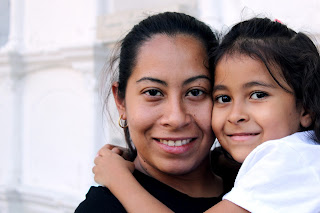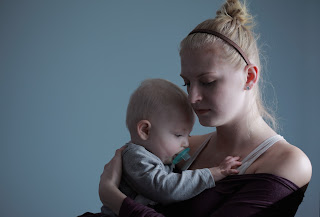What is Single Mother Statistics?
Single motherhood is a term used to describe the situation of a woman who is pregnant and unmarried. Single motherhood is not an easy experience, and it can have a significant impact on the lives of both the mother and her children. In this article, we explore some of the statistics of single mothers finding love in order to better understand the phenomenon.
According to the Pew Research Center, in 2014 there were about 8.6 million single mother rates in the United States, accounting for about one out of every six households with children. This is up from about 6.7 million single mother statistics in 2007, and it’s a trend that appears to be continuing: In 2017, Pew estimates that there are now about 8.9 million single mothers in the U.S.
There are a number of reasons why there has been an increase in single-mother households. For one, more women are getting married later in life and are choosing not to have children or to have children later than they did in the past. Additionally, more women are entering the workforce and find themselves unable to financially support themselves and their children on their own. Finally, there is an increasing number of families who are living below the poverty line and who are unable to afford a two-parent household.
Despite the increase in single-mother households, overall conditions for these families have improved since the late 1990s. Single mothers today tend to have higher incomes than their counterparts did 20 years ago, and they also experience less poverty than families with two parents. In fact, according to a report released by the National Center for Children in Poverty, the overall child poverty rate for single-mother families was about 12 percent in 2016, which is lower than the child poverty rate for all families (15 percent) and for two-parent families (28 percent).
There are a number of challenges that remain for statistics of single mothers finding love, however. One of the biggest is that single mothers are much more likely than married mothers to experience poverty or food insecurity. Additionally, single mother rates are more likely than married mothers to have children who are not living with them full time.
Overall, single motherhood is an important and dynamic phenomenon, and there is much to be learned about it.
The Facts About Single Mothers
Single mothers are more likely to live in poverty than mothers in traditional marriages. In 2010, 43.6% of single mothers lived in poverty, compared to 30.9% of married mothers.
Single mothers are also more likely to have children who are not living with them full time. 39.1% of single mothers have children who are not living with them full time, compared to 31.8% of married mothers.
Single mothers are also more likely to experience physical and/or sexual abuse as children. 24.5% of single mother statistics have experienced physical abuse, compared to 15.5% of married women.
What is Single Mother Rates?
Single mother rates are the percentage of mothers who are single.
In the United States, single mother rates have been on the rise over the past few decades. In 1970, only 6 percent of mothers were single. In 2000, that number had increased to 13 percent. By 2010, it had reached 18 percent.
There are a few reasons for this increase in single mother rates. One reason is that more women are getting married later in life, and when they do get married, they often choose not to have children. Another reason is that more women are choosing to have children without getting married. This is especially common in cases where one or both of the parents is not present in the child's life.
The negative effects of single mother rates are also becoming more apparent. According to the National Women's Law Center (NWLC), children living with statistics of single mothers finding love are more likely to be poor than children living with a two-parent family. They are also more likely to experience abuse or neglect.
What are the Challenges Single Mothers Face?
There are a number of challenges that single mothers face when raising children on their own. Some of these include financial instability, difficulty balancing work and family responsibilities, and facing social isolation. In addition, single mothers often experience a lack of support from family and friends.
Despite these challenges, however, single mothers are able to lead successful lives. By using the right strategies, they can manage their finances, connect with supportive resources, and create a positive parenting environment.
The Benefits of Living with a Single Mom
Living with a single mother rates can be a lot of fun and rewarding. Here are some of the benefits:
-You have more time to focus on your own needs and priorities.
-You're more likely to get to know your children better since they spend more time with you.
-You can take advantage of government assistance programs that are specifically designed for single mothers.
-Your partner is less likely to bail on you when things get tough.
Conclusion
According to the U.S. Census Bureau, there were over 46 million single mothers in the United States as of 2016. This number has been steadily increasing since 1960 and is projected to continue rising for the foreseeable future. What does this mean for these women and their families? Quite a lot, actually! Single motherhood often leads to increased poverty rates, less access to education and healthcare resources, and increased rates of child abuse and neglect. In order to help empower single mother statistics of single mothers finding love and provide them with the resources they need to overcome some of the challenges associated with being a single parent, we must become more aware of what is happening out there on the statistical landscape.






Comments
Post a Comment